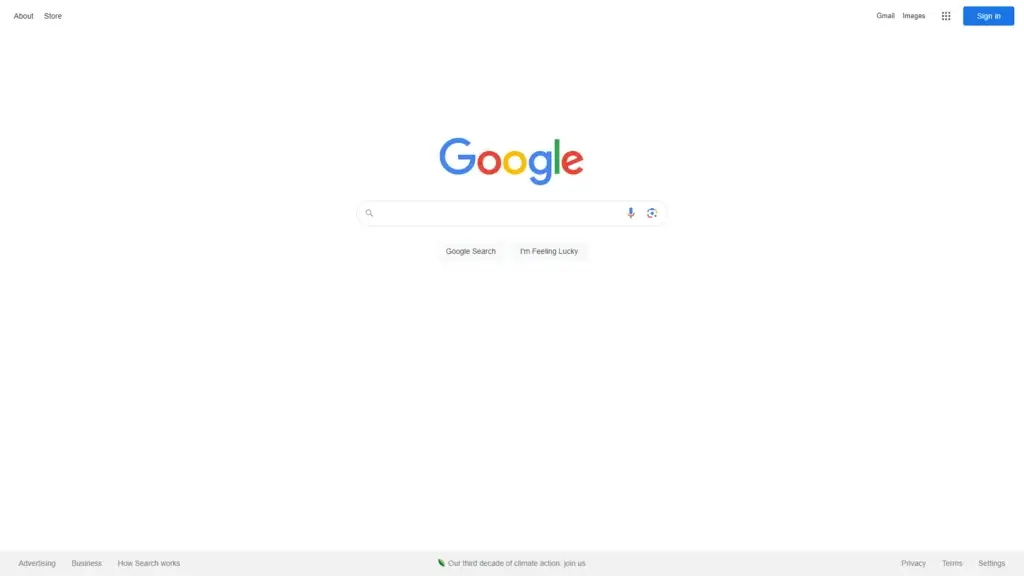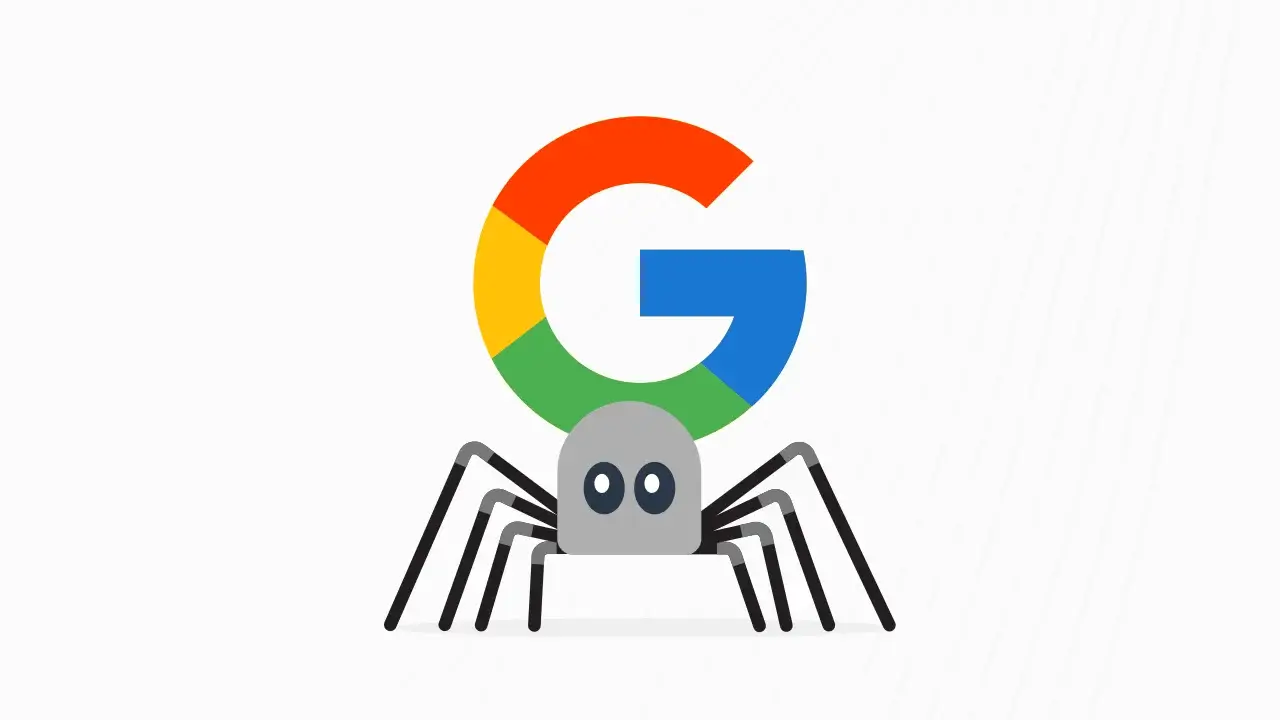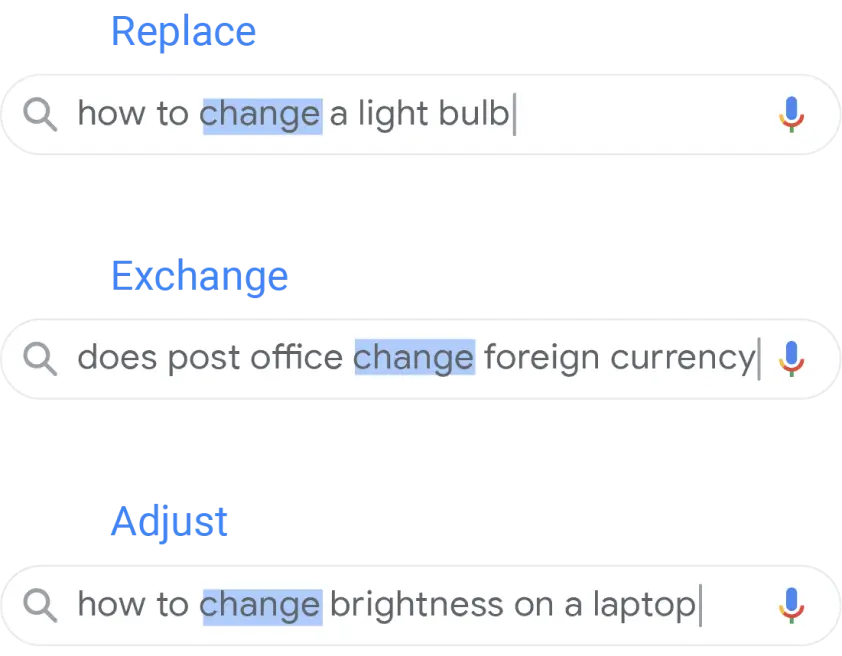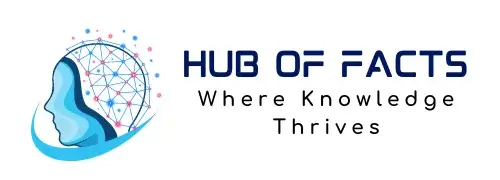Unraveling the Mystery: How Google Works from Query to Results
In the digital age, Google serves as the ultimate gateway to a world of information, answering our questions and solving our problems in the blink of an eye. But the magic behind Google’s search results isn’t mere happenstance; it’s a meticulously orchestrated symphony of technology and algorithms. At its core, the process begins with Google’s web crawlers, the digital spiders that traverse the internet, indexing web pages to create a vast database.
When you enter a query into Google, it doesn’t just search for keywords. It dives into the art of parsing, breaking down your query, understanding synonyms, and deciphering context. Google’s ranking algorithm, its secret sauce, then steps in, weighing countless factors like content quality, relevance, and trustworthiness to serve you the most accurate results.
Google is not static; it evolves with real-time updates and personalization, ensuring that your results are not only current but also tailored to your needs. This intricate operation impacts not only users but also website owners who engage in the ongoing dance of SEO, striving to optimize their digital presence within the ever-changing landscape.
In just a few milliseconds, Google’s intricate machinery transforms your search queries into a list of valuable, relevant information. The mystery behind Google’s seamless operations unfolds, connecting users and content with unparalleled precision.

1. Crawling the Web: Google’s Digital Spider
In the vast expanse of the internet, where information sprawls like an endless digital wilderness, Google’s web crawlers serve as the tireless explorers, akin to digital arachnids weaving a colossal web. These automated programs, often referred to as “Googlebot,” embark on an unceasing journey to index the ever-expanding realm of web content.
Googlebot begins its mission from a list of known web pages and follows links to new destinations, systematically scouring the digital landscape for fresh content. Like a spider meticulously weaving its web, Googlebot extracts data from websites, examining text, images, links, and other elements that compose the intricate fabric of the internet. This relentless exploration, known as web crawling, is the foundational step that enables Google to maintain a comprehensive index of web pages, which is essential for providing timely and relevant search results.
The process of web crawling is continuous and dynamic, as new content is continuously added to the internet. As Googlebot ventures deeper into the web, it identifies and prioritizes links, ensuring that recently created or updated web pages are discovered promptly. This insatiable quest for web content is what powers Google’s vast and up-to-date database, forming the bedrock on which the entire search engine operation rests.

2. Indexing Information: Google’s Vast Database
The process of indexing is akin to meticulously cataloging a colossal library of web pages. As Google’s web crawlers, the tireless digital arachnids, traverse the web, they gather and process data from the websites they visit. This data, comprising text, images, metadata, and other essential information, is then organized and stored in Google’s immense database.
Google’s indexing system doesn’t just focus on the text within web pages. It comprehensively analyzes the content, the structure of the page, and the context in which it appears. Metadata, such as titles and descriptions, provides additional insights into the content’s nature and relevance.
This extensive index encompasses a diverse array of web content, ranging from informative articles to captivating images and even video content. With such a comprehensive database at its disposal, Google can swiftly locate and serve up information that aligns with user queries, making it a reliable and invaluable resource in the digital age.
Google’s indexing system constantly refreshes its database, ensuring that it stays current in a rapidly evolving digital landscape. When users enter their search queries, the system can draw from this wealth of indexed information, matching it with user intent and delivering results that are both accurate and up-to-date.
For website owners, being part of Google’s index is essential for online visibility. Without indexing, websites would remain undiscovered in the vast ocean of the internet. By following best practices in website design and content creation, website owners can enhance their chances of getting noticed by Google’s web crawlers, thereby securing their place in this digital library and increasing their visibility in search results.
3. Understanding User Queries: The Art of Parsing
In the realm of digital searches, Google’s power to swiftly provide relevant results lies in its artful interpretation of user queries. The process begins when a user enters a query into the search bar, often a few words or a sentence, which Google’s sophisticated natural language understanding system then proceeds to decipher.
This intricate art of parsing goes beyond simple word matching. Google employs advanced natural language processing (NLP) techniques to break down the query, grasp the intent, and understand the context in which the words are used. It’s an artful dance of language and technology that transforms a few typed words into a portal for discovering the wealth of information available on the web.
The parsing process involves not only identifying keywords but also examining synonyms, understanding language nuances, and comprehending the user’s intent. For example, if a user searches for “benefits of regular exercise,” Google’s parsing technology acknowledges that “benefits” and “advantages” are synonymous and that “regular exercise” is the focus of the query. It then ascertains that the user is seeking information about the positive aspects of maintaining an exercise routine.
Context plays a pivotal role in parsing user queries. Google takes into account the user’s previous search behavior, location, and device type. For instance, if you’re in a particular location, searching for “best restaurants” will yield results that are relevant to your current whereabouts. Moreover, the device you’re using, be it a smartphone or desktop, influences the results you see, as Google aims to optimize the user experience for different screen sizes and capabilities.
Google’s goal in parsing user queries is to not just match keywords but to provide the most accurate and helpful results based on the user’s specific intent and context. It’s this understanding of the user’s needs and the nuanced subtleties of language that enables Google to deliver results that align with what the user is truly seeking. This artful parsing forms the bridge between user inquiries and the vast repository of indexed information, ensuring that every search is a journey of discovery and learning, facilitated by Google’s intricate linguistic prowess.

4. The Algorithmic Wizardry: How Google Ranks Results
Google’s ranking algorithm is its secret sauce, an intricate formula that considers an extensive array of factors to assess the quality and relevance of web pages. While the exact inner workings of this algorithm remain closely guarded, it is widely known that it evaluates hundreds of variables to determine the order in which search results appear.
Some of the primary factors considered by Google’s ranking algorithm include the quality of content on a web page, its relevance to the user’s query, the trustworthiness of the source, and the overall user experience. For instance, a web page with well-researched, informative content that aligns with a user’s query is likely to be ranked higher. Additionally, factors like the presence of keywords, the structure of the page, the number and quality of backlinks, and even user engagement metrics all come into play.
PageRank, one of Google’s most well-known algorithms, measures the importance and authority of web pages by evaluating the number and quality of links pointing to a page. Pages with numerous high-quality backlinks are perceived as more authoritative, and as a result, they tend to receive higher rankings.
Google’s ranking algorithm is not static; it is continuously updated to adapt to evolving web content and user behavior. This dynamism ensures that search results remain relevant and of high quality. It’s Google’s commitment to delivering the best possible search experience to its users.
Website owners and digital marketers often find themselves engaged in a strategic dance with Google’s ranking algorithm. Staying attuned to the latest algorithm updates and industry trends is essential for maintaining or improving search rankings. This dance involves optimizing web pages with relevant keywords, creating high-quality content, fostering backlinks from authoritative sources, and providing an exceptional user experience.
5. Real-Time Updates and Personalization: Staying Current and Relevant
Real-time updates are one of the cornerstones of Google’s operation. The web is in a perpetual state of change, with new content emerging by the second. To keep pace with this constant evolution, Google’s indexing system is continuously refreshed. This ensures that the search results are not just relevant but also up-to-date. When you enter a query, Google can pull from its fresh index to deliver the latest information.
Personalization, another vital feature, tailors search results to individual users. Google’s algorithms take into account various factors, including past search behavior, location, and device type, to deliver personalized results. This means that when you search for “Italian restaurants,” you receive recommendations that align with your location, search history, and the device you’re using. The goal is to provide results that are not only accurate but also aligned with your specific interests and needs.
The combined effect of real-time updates and personalization ensures that Google’s search results are not static but are in a constant state of adaptation, reflecting the evolving web and the individual preferences of users. In this way, Google remains the trusted companion in the quest for knowledge and solutions, offering a dynamic and personalized search experience.
6. SEO and the Google Dance: Strategies for Rankings
In the ever-evolving digital landscape, Search Engine Optimization (SEO) stands as a cornerstone of success for website owners and digital marketers. It’s a dynamic and ongoing dance with Google’s algorithms, a constant adaptation to ensure high search engine rankings.
Keyword research is the initial step in this intricate dance. It involves identifying the words and phrases that users are typing into search engines. These keywords provide the foundation for optimizing website content. Effective keyword research allows website owners to understand user intent and deliver content that aligns with it.
Creating quality content is another crucial move in this dance. Google values informative, well-structured, and engaging content. It rewards websites that provide valuable information, address user needs, and maintain a high standard of quality.
Link-building, akin to a graceful step in the dance, is essential for boosting a website’s credibility. Google sees backlinks from authoritative websites as a vote of confidence in your content. The more high-quality websites link to your content, the more it boosts your website’s authority in the eyes of Google’s algorithms.
Staying attuned to Google’s ever-changing algorithms is part of the rhythm of SEO. Google continually refines its algorithms to deliver better search results. Website owners and SEO professionals must adapt their strategies to align with these changes, ensuring that their content remains visible and ranks well in search results.
This dance of SEO and the Google algorithms is ongoing, with each step representing a strategic move to enhance online visibility. It’s a dynamic, ever-evolving process that website owners and digital marketers must embrace to secure their position in the digital realm and compete effectively in the online marketplace. SEO isn’t a one-time performance but an ongoing dance that ensures a website remains in step with the latest developments in the digital landscape.
Conclusion
In the vast digital realm, where information is the lifeblood of the internet, understanding how Google operates is not just a curiosity but a necessity. It’s a journey that takes us from the web’s boundless expanse to the intricacies of Google’s inner workings, and finally, to the dance of Search Engine Optimization (SEO) in the ever-evolving digital landscape. From query to result, Google’s intricate processes ensure that every user’s quest for knowledge and solutions is met with timely and relevant information.
At the heart of Google’s operation is its relentless web crawling, where digital spiders traverse the internet, ensuring that no corner remains unexplored. The resulting vast database, painstakingly indexed, forms the foundation for swift and accurate search results. Parsing user queries with sophistication, Google’s artful language understanding leads to results that reflect user intent, not just keywords.
The algorithmic wizardry, Google’s secret sauce, ranks search results by assessing numerous factors, emphasizing content quality, relevance, and trustworthiness. Real-time updates and personalization ensure that search results remain current and tailored to individual preferences. SEO, the ongoing dance, enables website owners to navigate Google’s ever-changing algorithms and secure higher rankings.
In a world where access to information is at our fingertips, understanding the magic that unfolds behind the search bar deepens our appreciation for the digital age. It empowers website owners to optimize their content and enhances our online experience. Google, with its ceaseless pursuit of delivering a world of information with each query, is not just a search engine but a trusted guide in our quest for knowledge and exploration. It’s a dance of discovery and learning that continues to shape the digital landscape, connecting users with the wealth of information the internet offers.




